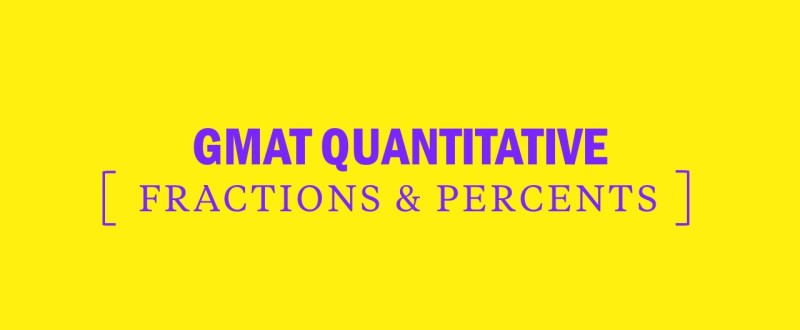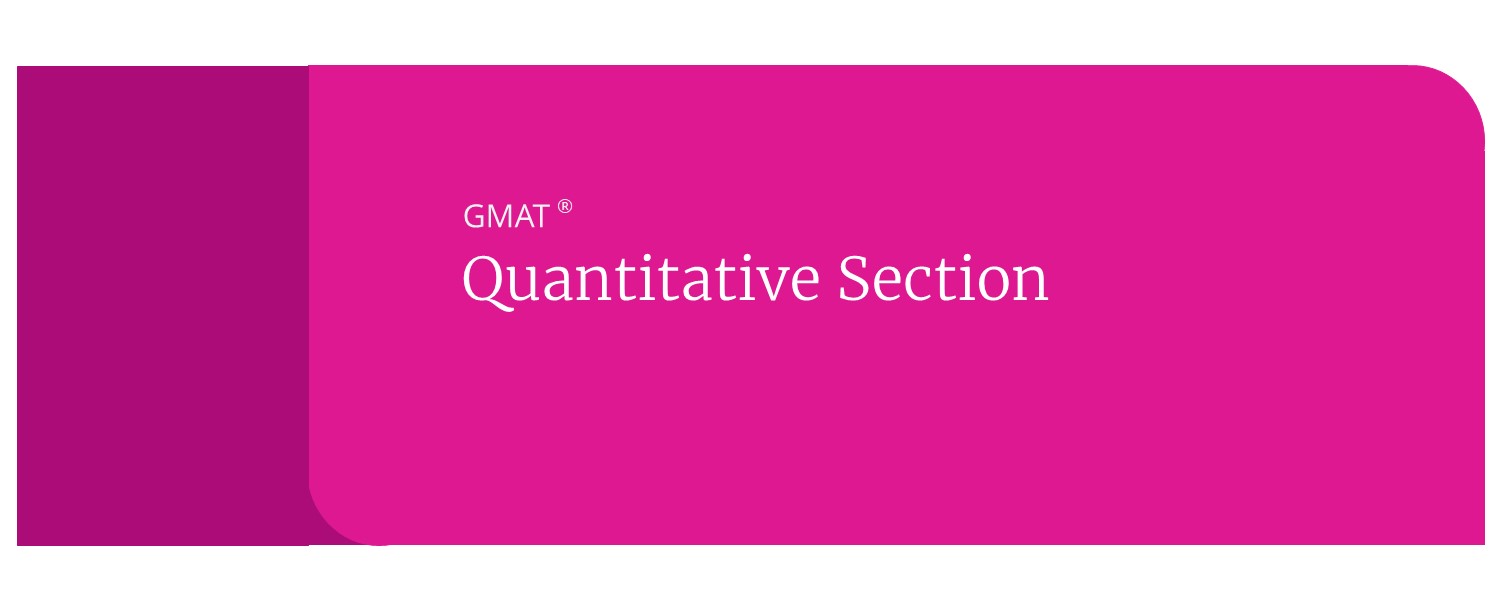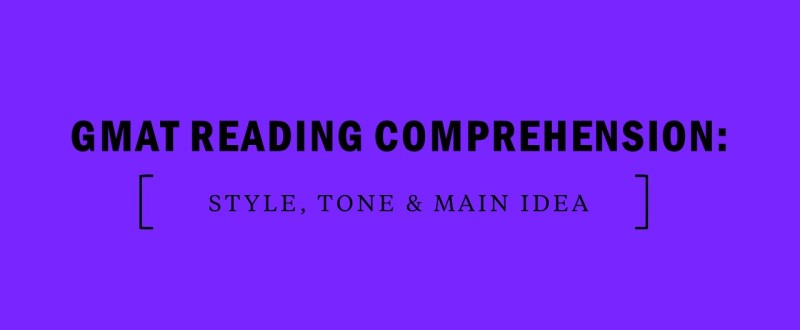GMAT Quantitative: Fractions and Percents
You’ll likely see several questions relating to fractions and percents in the Problem Solving portion of the GMAT Quantitative section. Instead of letting these questions trip you up because of how complicated they look, take a look at the following examples and practice questions to gain confidence on this type of problem.
GMAT Quantitative Topics: Fractions
First, understand that dividing by 5 is the same as multiplying by 2/10. For example:
Second, begin to start memorizing commong fractions.
90% of the time, fractions will be easier to perform than arithmetic. Decimals are sometimes more useful when comparing numbers relative to one another, such as in a number line, but these questions are the exception. Even if given a decimal (or percent) looks easy, quickly convert to a fraction. For example:
Denominators are super important. A denominator of a reduced fraction with a multiple of 7 will not have a finite decimal, for example. Keep in mind what you can logically combine, and what you cannot.
This list is by no means extensive. There are many many more shortcuts, but generally practice and familiarity with the numbers helps a lot in doing quick arithmetic.
Converting Fractions, Decimals, and Percentages on the GMAT
Fractions, decimals and percents are different ways of expressing the same value. Here’s how to convert them from one form to another.
Converting decimals to fractions on the GMAT
For any decimal, you should be able to figure what the last place in your decimal is. For example, .125 has digits in the tenths’, hundredths’ and thousandths’ place. Thus, .125 is essentially 125 thousandths which translates to 125/1000.
Converting decimals to percentages on the GMAT
Percent literally means “over 100”. i.e. x% = x/100.
So if you want to find what percent 12.5 is, you are trying to find x in this equation.
If you rearrange the equation to isolate x on one side, you’ll see that to find x, you just need to multiply your decimal by 100.
Thus, in this case, 12.5 = 1250%
Converting fractions to decimals on the GMAT
Converting any fraction to a decimal involves long division. A fraction is essentially the numerator divided by the denominator. Thus 3/5 is simply 3 divided by 5, which you can work out by long division to be 0.6
Of course the GMAT is not going to use such as fractions, so be sure to know how to do long division!
Converting fractions to percents on the GMAT
As mentioned earlier, x% is x/100 – meaning that it is a fraction with 100 as the denominator. So to find out what percent a fraction is, you need to manipulate the fraction you have to have 100 in the denominator and the numerator will be the percentage.
Suppose we need to convert 75/200 into its percentage form. You need to convert it to an equivalent fraction with 100 as the denominator and find the numerator.
Thus, you are solving. (Solve this on your own and see if you get 37.5%)
Converting percents to fractions on the GMAT
This one is very easy and you should know by now that x% is x/100. Thus if you wanted to convert 320% to a fraction, it would be 320/100 which you can simplify to be 32.
Converting percents to decimals on the GMAT
From earlier, we learned that to convert decimals to percents, we multiplied the decimal by 100. To do the reverse (i.e. convert percents to decimals) we do the opposite – divide by 100.
GMAT Quantitative Topics: Percents
Now let’s discuss some common problems students encounter with percent problems, which can come in a variety of formats. Here are some quick pointers:
GMAT Math Questions: Percentages
Let’s take a look at two examples.
GMAT Percentage Question Example 1
A tour group of 25 people paid a total of $630 for entrance to a museum. If this price included a 5% sales tax, and all the tickets cost the same amount, what was the face value of each ticket price without the sales tax?
A. $22
B. $23.94
C. $24
D. $25.20
E. $30
Explanation
Without a calculator, fractions are always easier. They cancel well, and are typically neater.
5% = 1/20 since 5*20 = 100.
Now we set up the equation, setting x = ticket price before tax.
25 people * x dollars/person * 1.05 (with tax) = $630
Note we can convert to fractions, cancel and simplify. Look how easy it gets?
25*(21/20)*x = 630
5*(21/4)*x = 630
x = 630*4 / 5*21
x = $24
The correct answer is C.
GMAT Percentage Question Example 2
During an auction, Jerome sold 75% of the first 1,000 items he offered for sale, and 30% of his remaining items. If he sold 40% of the total number of items he offered for sale, how many items did Jerome offer for sale?
A. 750
B. 1,050
C. 1,800
D. 3,500
E. 4,500
Explanation
Again, we want to set up the equation – this will make things a lot easier. And again, switching to fractions is always best.
3/4*1000 + 3/10*R = 4/10*T
We have 2 equations, and 1 unknown. This is a good hint that there may be a hidden 2nd equation.
1000 + R = T
Now, we have 2 equations and 2 unknowns. We can solve!
750 + 3R/10 = 400 + 4R/10
350 = R/10
R = 3,500
We always look back to the original question to see exactly what we are looking for. In this case, T. Not R.
T = R + 1,000 = 3,500 + 1,000 = 4,500
The correct answer is E.
GMAT questions are notorious for seeming harder than they actually are. The writers recognize time is short, and will give you ostensibly time-consuming calculations. One way to mitigate this is by retaining a rockstar aptitude in manipulating fractions, which occur in a large portion of the questions.
[ NEXT: GMAT Quantitative Elimination Strategies ]



